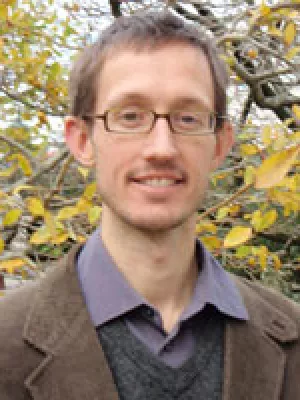
Martijn van Praagh
Adjunct senior lecturer

Potential environmental impacts of using refuse derived material for landfill capping
Author
Summary, in English
In this study, the potential impacts on leachate emissions of applying a pretreated refuse-derived material as a capping layer on top of a municipal solid waste landfill were researched. Leachate emissions and stability against degradation were investigated with reference to the untreated material. Results from percolation leaching tests were analysed by multivariate data analysis and chemical speciation modelling. During 6 month aerobic pretreatment in composting windrows with forced aeration, the waste was stabilized against aerobic degradation measured as respiration activity down to 15% of the original value. Initial percolation leachate concentrations were reduced by 40% for As, by 50% for Co, by 60% for Ni, Pb, and total sulfur, by 40% for sulfate-sulfur, by 96% for ammonium nitrate, and by 62% for dissolved organic carbon. An increase was observed by a factor of 4 for Cd, by a factor of 150 for Cu, by a factor of 3 for Zn. Principle Component Analysis revealed that the leaching characteristics of the pretreated material developed towards those of a top soil used as reference material. Increasing the flow rate in column percolation experiments led to lower leachate concentrations at liquid to solid ratios of 10. Constructing a capping layer from the pretreated material is likely to have impacts on the leachate treatment system.
Department/s
- Division of Water Resources Engineering
Publishing year
2009
Language
English
Pages
471-488
Publication/Series
Waste Management & Research
Volume
27
Document type
Journal article
Publisher
SAGE Publications
Topic
- Social Sciences Interdisciplinary
- Water Engineering
Status
Published
ISBN/ISSN/Other
- ISSN: 1096-3669